Vintage Depression Glass has been a trend in the American home for over 100 years now. The colorful glass is one I always see, and I just had to learn more about its history to share with you all.
Vintage Depression Glass
If you have been following along with the vintage education series, then you know I am going topic-by-topic through my favorite vintage items to learn more about their history and to share my knowledge on their care and use in the home.
I see colorful, eye-catching vintage depression glass all over antique shops throughout the Southeast, and they always bring the nostalgic memory of my grandparent’s dining room china cabinet. Depression glass has now been a trend for over 100 years, and just as my grandmother was drawn to it, I believe this vintage glass will be a special one to source for the generations to come after us.
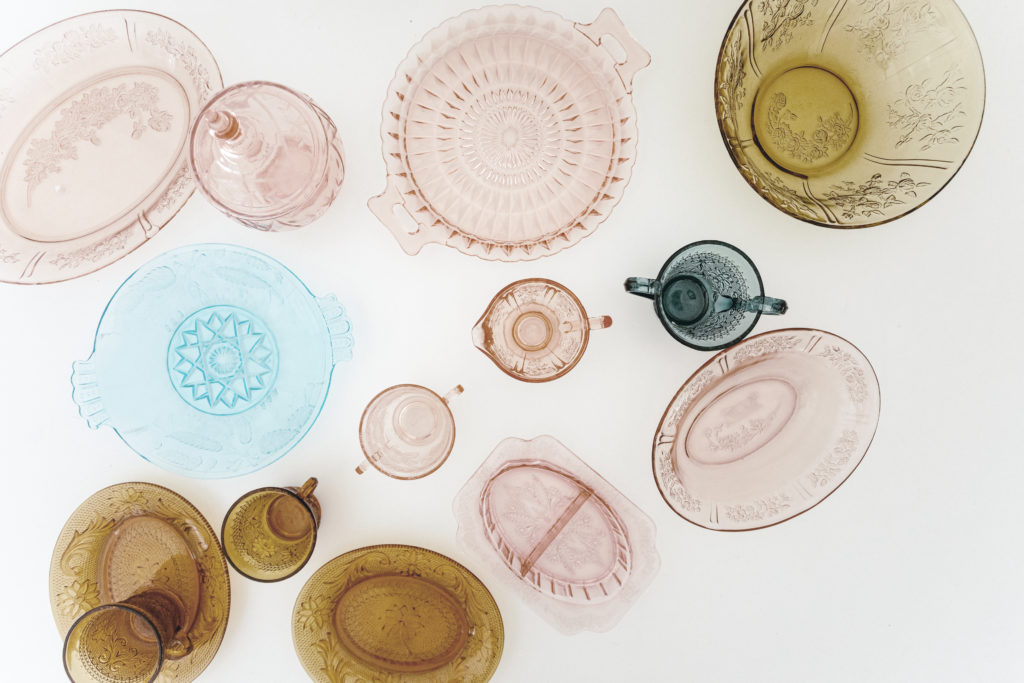
History of Depression Glass
Depression glass was created in America from 1920’s-1940’s and gets its name from this period of economic hardship in our country: The Great Depression.
The colorful glass emerged during the Great Depression in the Ohio River Valley as glassmakers took measures to stay afloat in the market. As consumers could no longer spend money on the higher priced, cut-glass crystal pieces they had been making, glassmakers resorted to using cheaper molds and brighter colors at a higher level of production. The production of the glass helped producers, retailers, and consumers on many levels during this period of economic hardship.

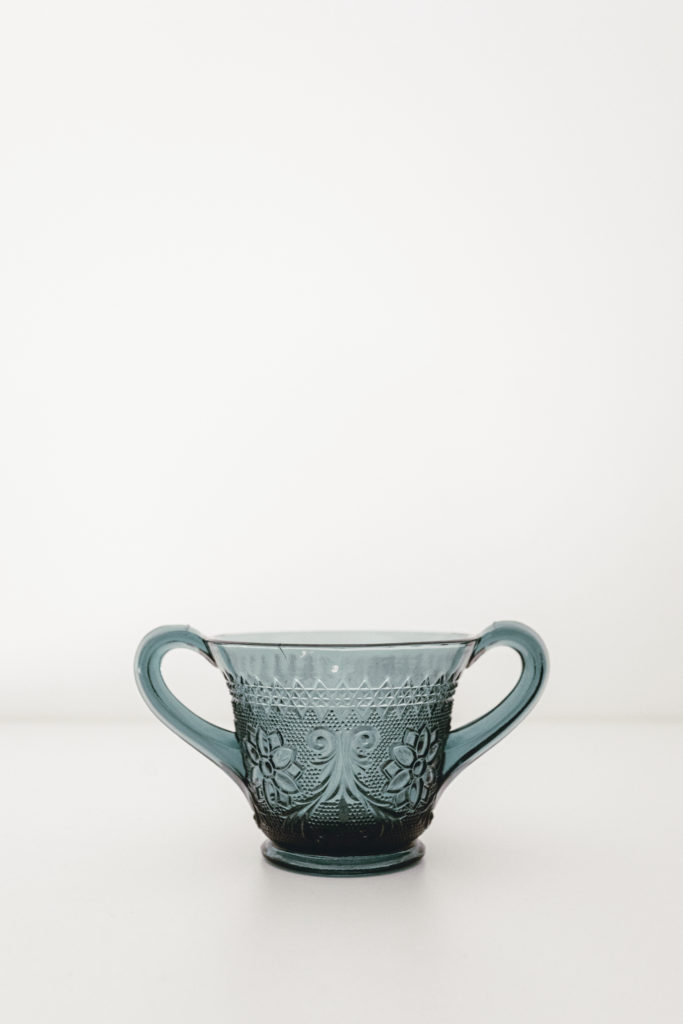
Producers were able to stay in business by producing these cost-effective pieces, often branding themselves further with unique glass patterns and colors.
Retailers were able to use the glass in conjunction with the merchandise they were selling. For example, many appliance stores during the Depression would give sets of depression glass to their customers with the purchase of a new appliance. Other places you could expect to see depression glass given out included movie theaters, department stores, and car maintenance shops.
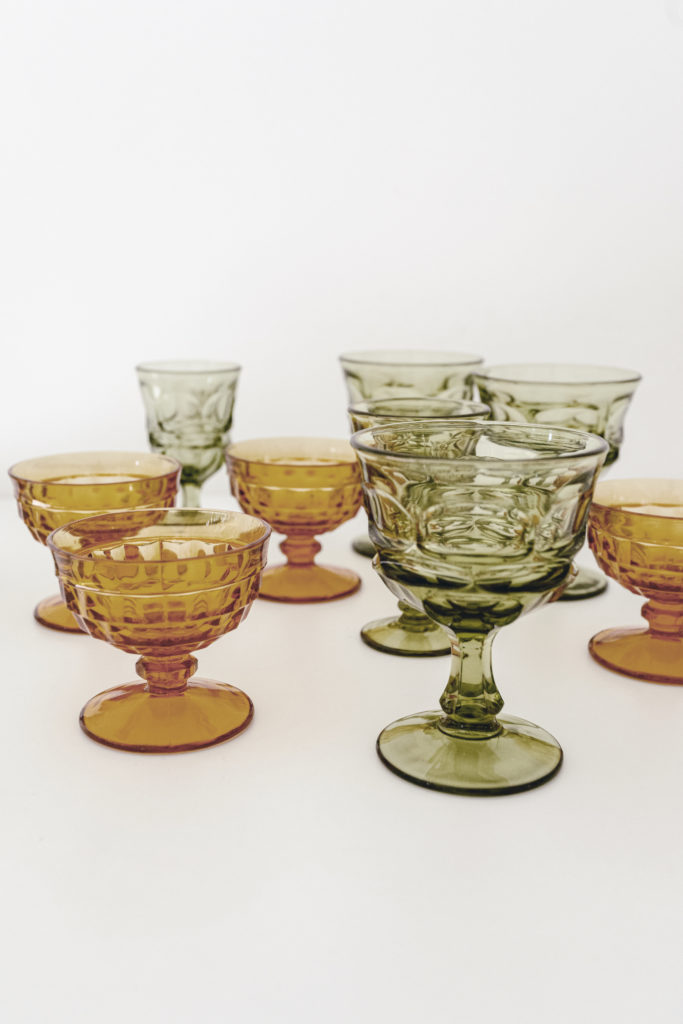
Consumers benefitted from depression glass during this time as they were able to still endulge in the home decor trends without breaking the bank. Used in homes for daily use, the new glass was sturdy enough to withstand family mealtimes while serving a colorful, on-trend look; a real juxtaposition to the dark times of the economy during those years.
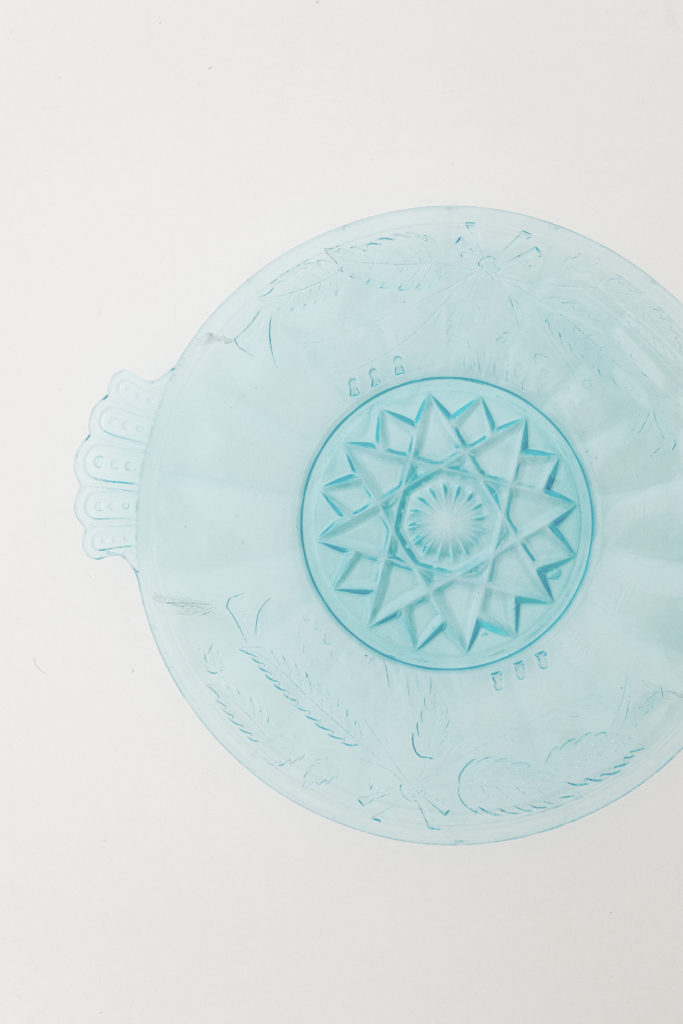
Continuing the story from the era
After WWII, the American economy began to rise again. Consumers were able to resort back to the previous shopping habits and glassmakers were able to return to their original means of production. Because of this, many families began getting rid of their depression glass and turned to transferware pieces with their disposable income, or cut glass options made in “hand houses.”
Much of the colored glass from this era ended up in the trash as a result of its cheap nature that resulted in scratches and chips. But many people chose to hold onto the glass to remember the tough period their families had made it through. We owe it to the families who saw the beauty in this colored glass to keep it around for its popularity and resurgence in the market today.
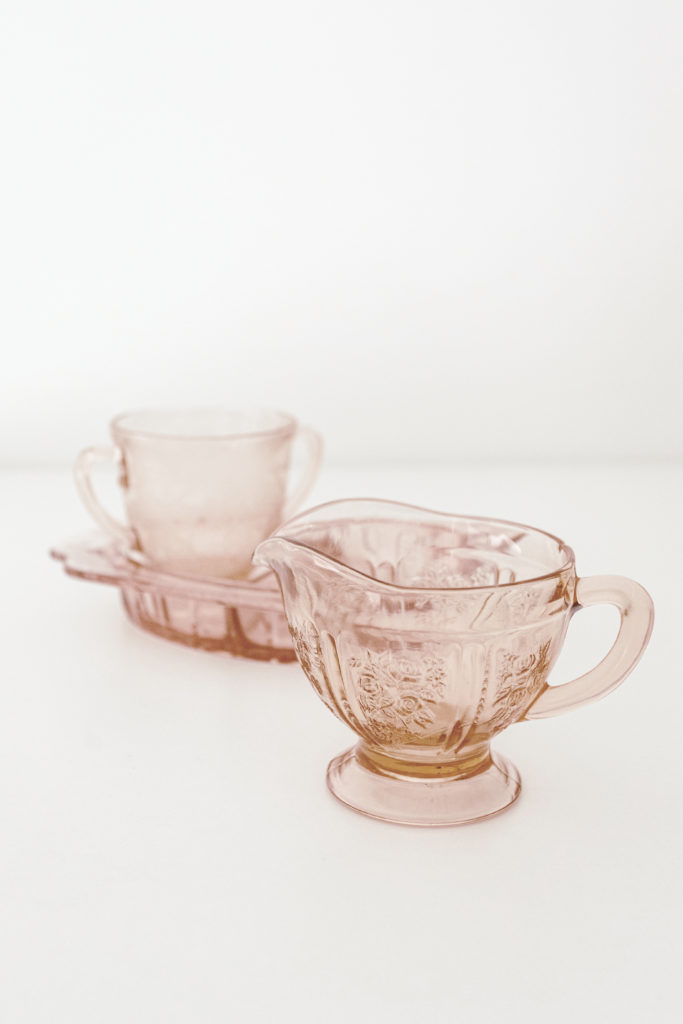
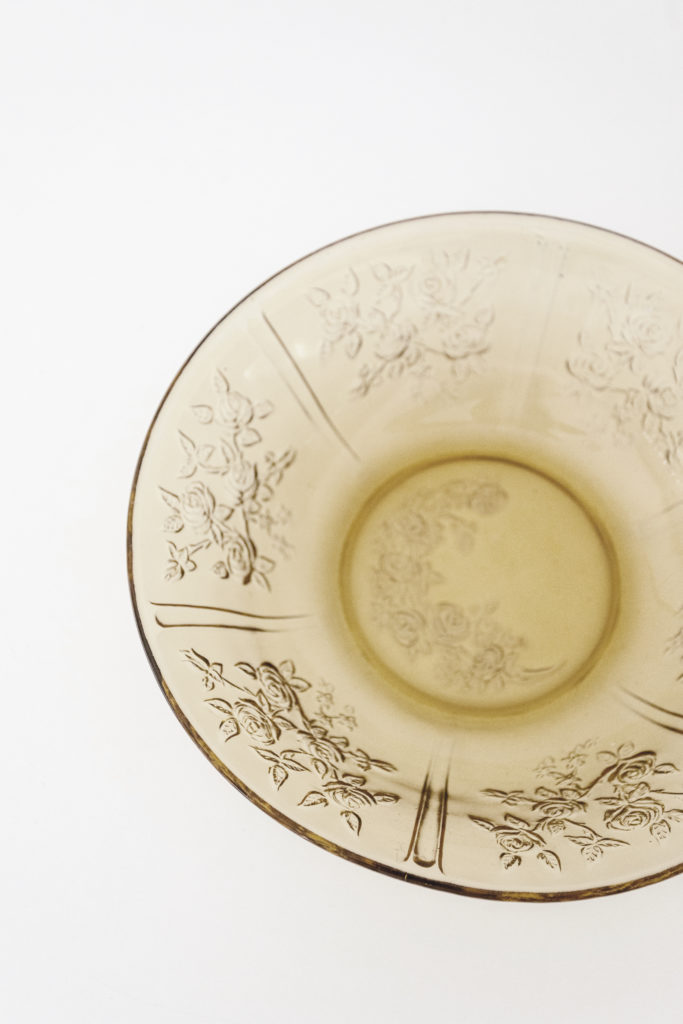
Types of Glass & Sourcing
Depression glass was most popularly produced in the colors green, pink, and amber during its peak. Colors of glass that are rarer to find today come as a result of their unpopularity during the Depression era making them, however, more expensive today. These rarer colors include amethyst, canary yellow, cobalt blue, opaque black, and red.
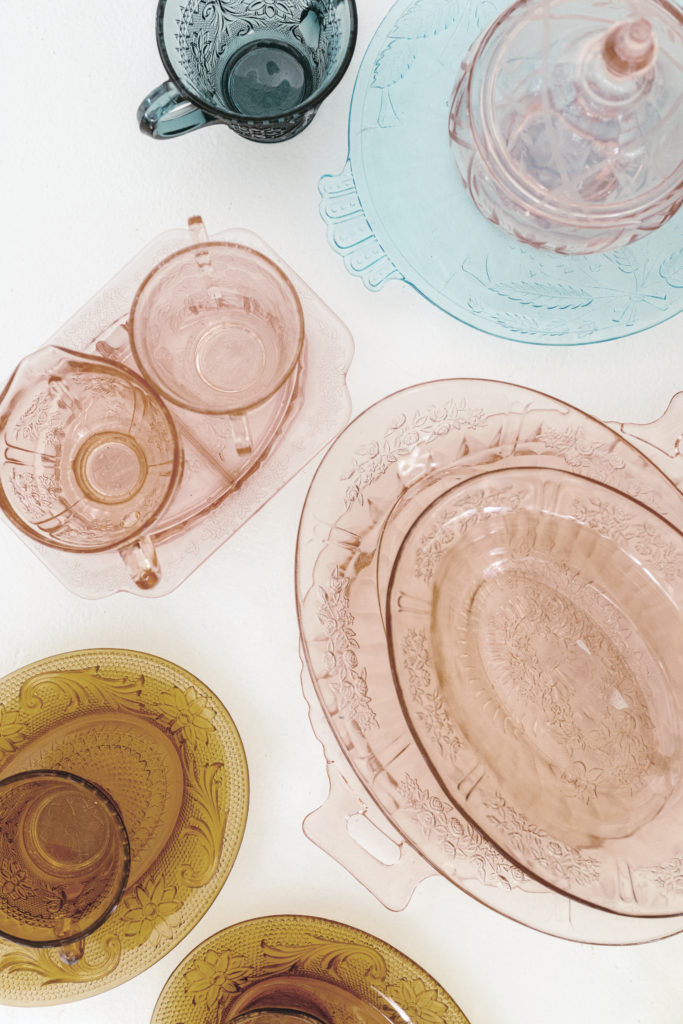
A few of the most popular glassmakers of the depression glass during the time include the Westmoreland Glass Company, Hazel Atlas Glass Company, Anchor Hocking Glass Company, Federal Glass Company, Imperial Glass Company, and Macbeth-Evans, among many more.
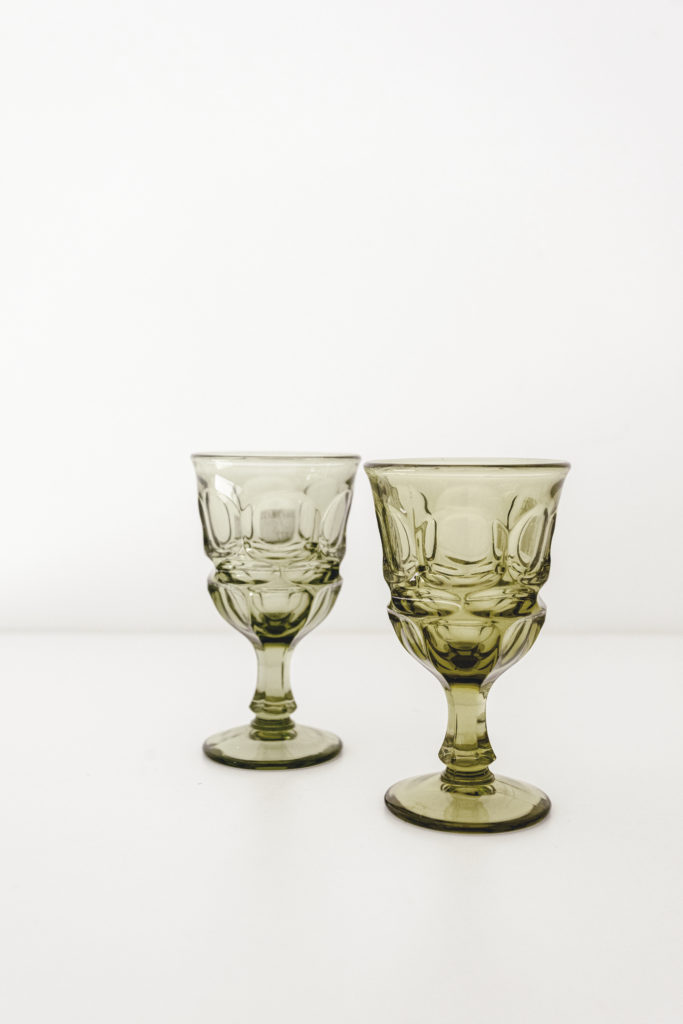
As I mentioned, many of these glassmakers were able to brand theirselves and find popularity during the depression glass era through their unique patterns. The most popular patterns collectors look to source today include Cameo, Mayfair, American Sweet Heart, Princess, Royal Lace, Cherry Blossom, and Madrid. If you are seeking to identify the pattern, color, maker, or additional details of your depression glass, I suggest you refer to one of the books below.
Current Depression Glass Brands We Love
While you must keep a keen eye out when you are looking to find authentic vintage depression glass, there are many brands creating colored glass of their own today in current trends and styles. A few of my favorites include Estelle Colored Glass, Andrew Iannazzi, and Godinger.
I love the modern edge Estelle Colored Glass takes on the depression glass trend. In this picture, you can see I have styled Estelle’s Champagne Coupes with our Cocktail Napkins.
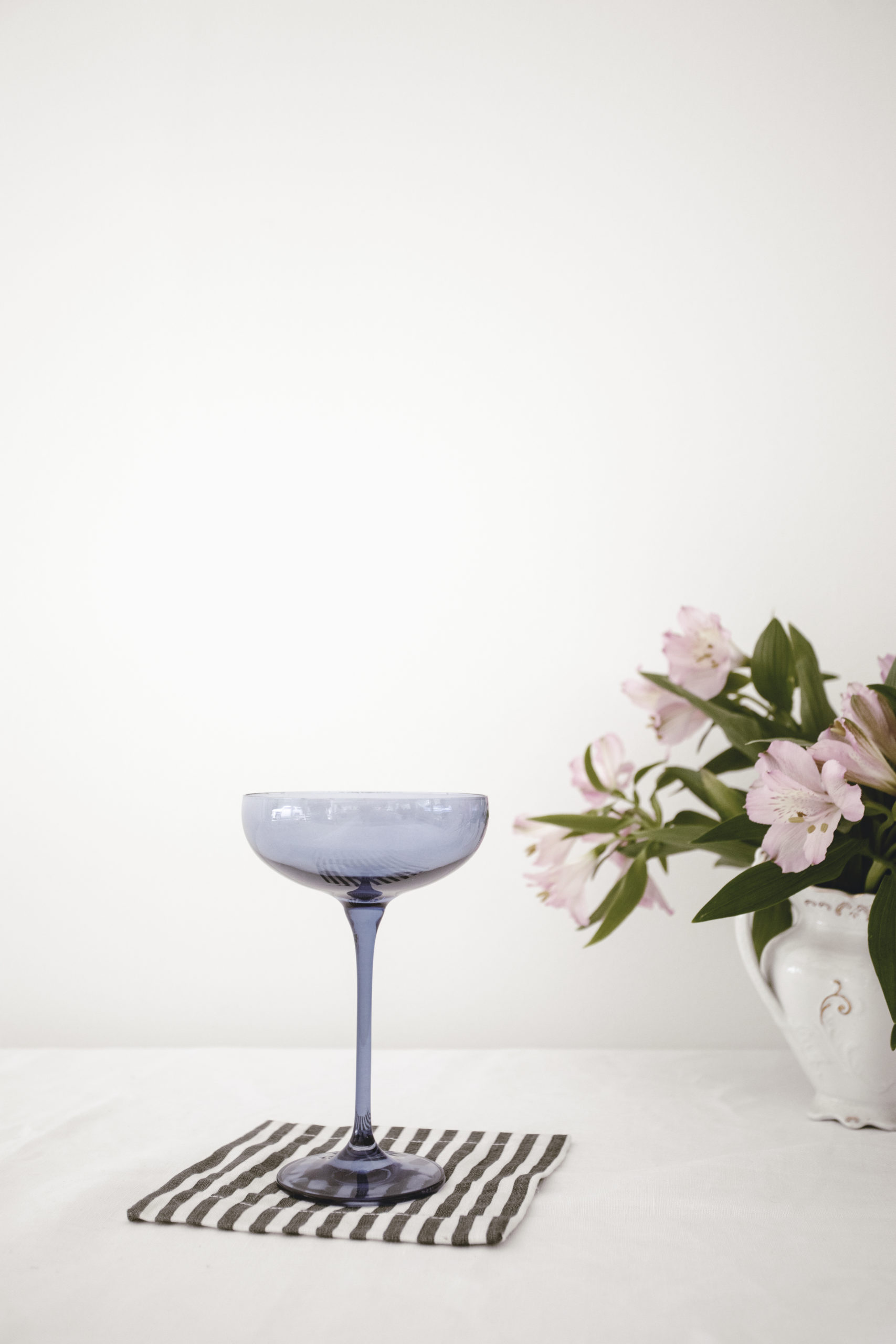

What to watch for when sourcing
When you add a piece of depression glass to your home, it is good to know the commonality of scratched, chipped, or flawed pieces. Due to the nature of the glass, pieces received daily wear in the kitchen and thus are reflective of their use. These flaws also include inconsistent coloring, molding flaws resulting in raised edges, bubbles in glass, and scratches and chips.
There is, however, a difference between a worn piece of glass and “sick glass.” Sick glass refers to depression glass pieces that are permanently scratched, often appearing foggy, from early auto dishwashers and water damage.
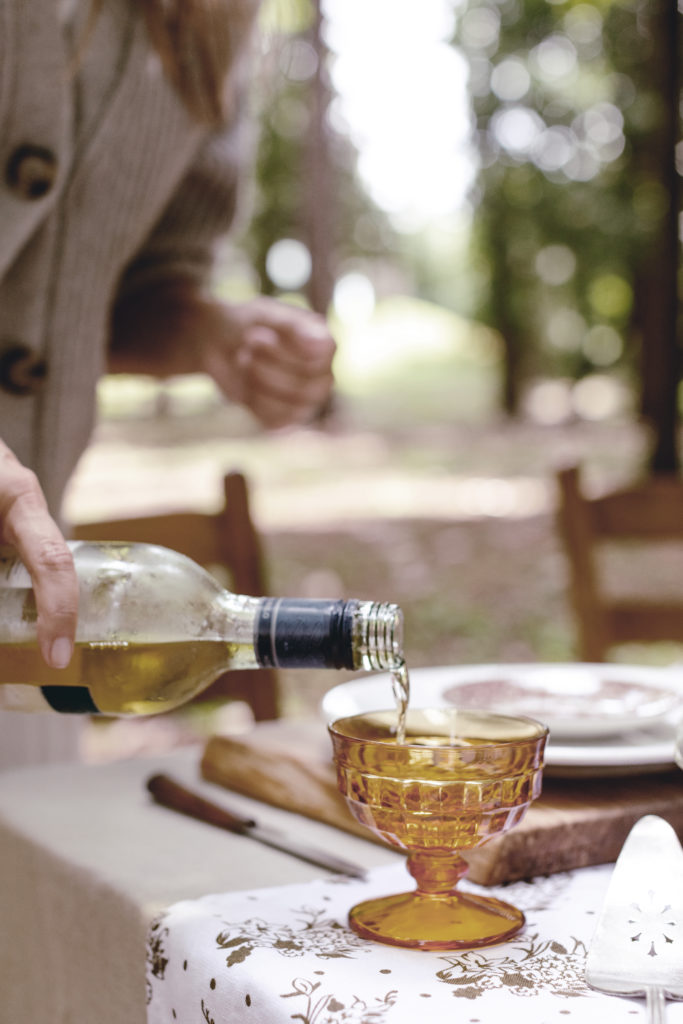
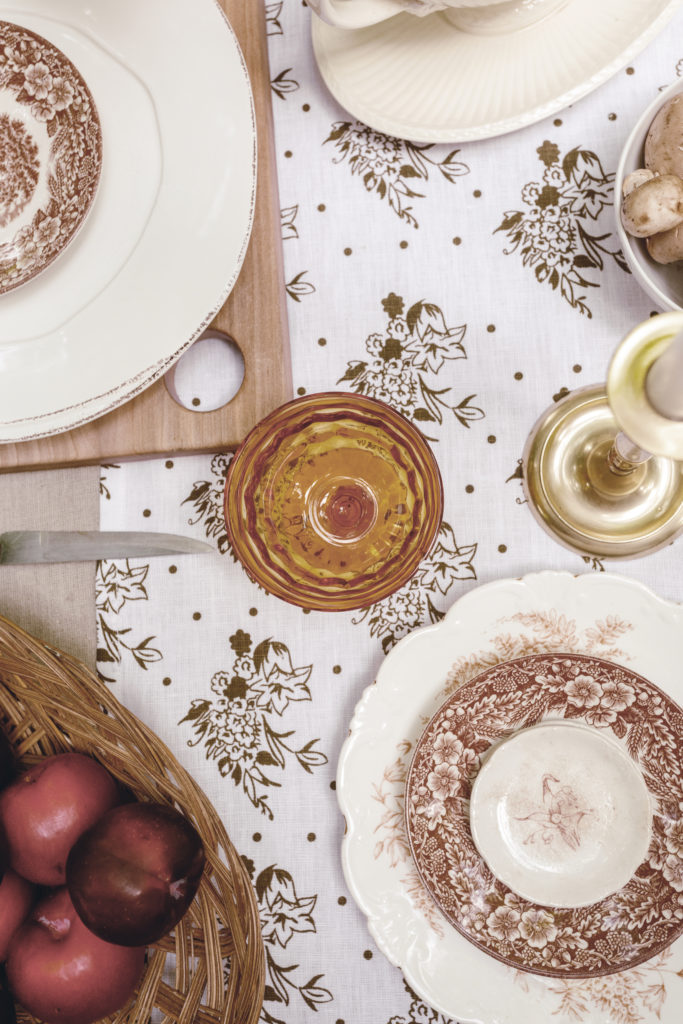
Using Depression Glass in your Home
As you might guess, I love incorporating depression glass pieces into my table-scapes. Because of their variety in color, it is easy to use different pieces year round to match the season and aesthetic you are going for.
This glass is very versatile, allowing you to use it both on your dining room table, and around your home as decor. For example, I love using my blue vintage depression glass tray in my guest bathroom to hold matchboxes for guests.
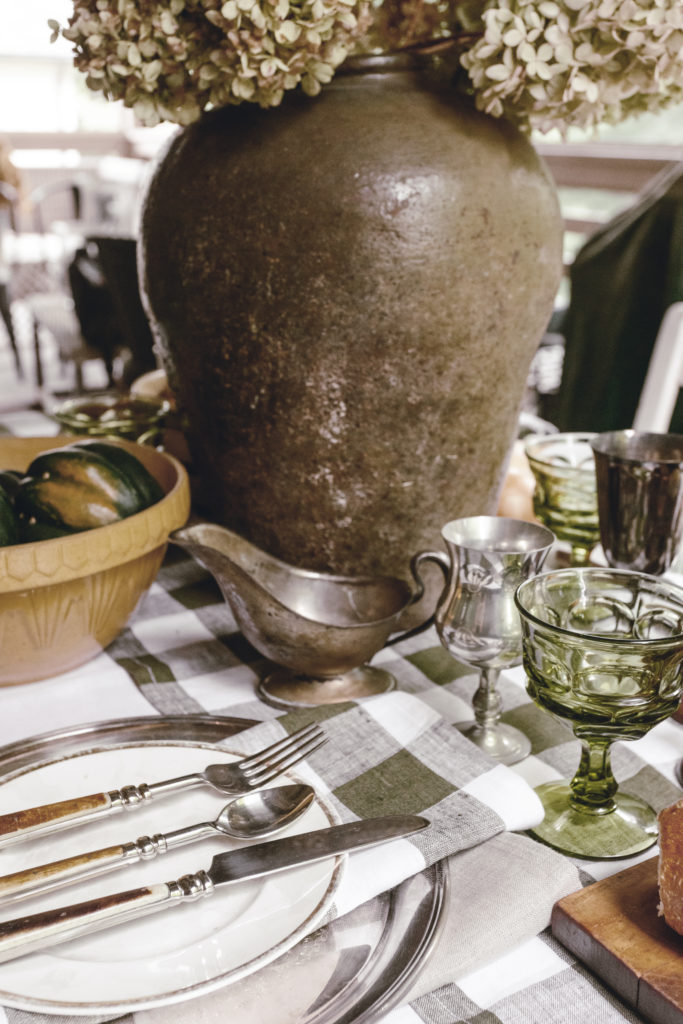
My favorite thing about depression glass is that it was used during a hard time in our country, still bringing families together around the table. Today, vintage depression glass reminds us of the gatherings during the hard times, and continues to bring us together today.
Parallel to our Heirloomed mantra, this vintage item has been bringing families and friends together around the table to created memories just as we aspire to.
Do you have a collection of depression glass, or a special piece you adore? I would love to see your vintage depression glass and invite you to connect with me on Instagram about it!
heirloomed is a lifestyle brand with a mission of “keeping heirlooms around for another generation.” Our blog features stories about my favorite made-from-scratch recipes, creating traditions with your family, farmhouse home decor, effortless entertaining by mixing new and vintage pieces, tips on gardening creating a timeless capsule wardrobe, and small town + historic travel. Our product designs feature a collection of “goods inspired by the past, for generations to enjoy” with an array of aprons, table linens, hand-poured candles and keepsake gifts. Learn more at www.heirloomedcollection.com.


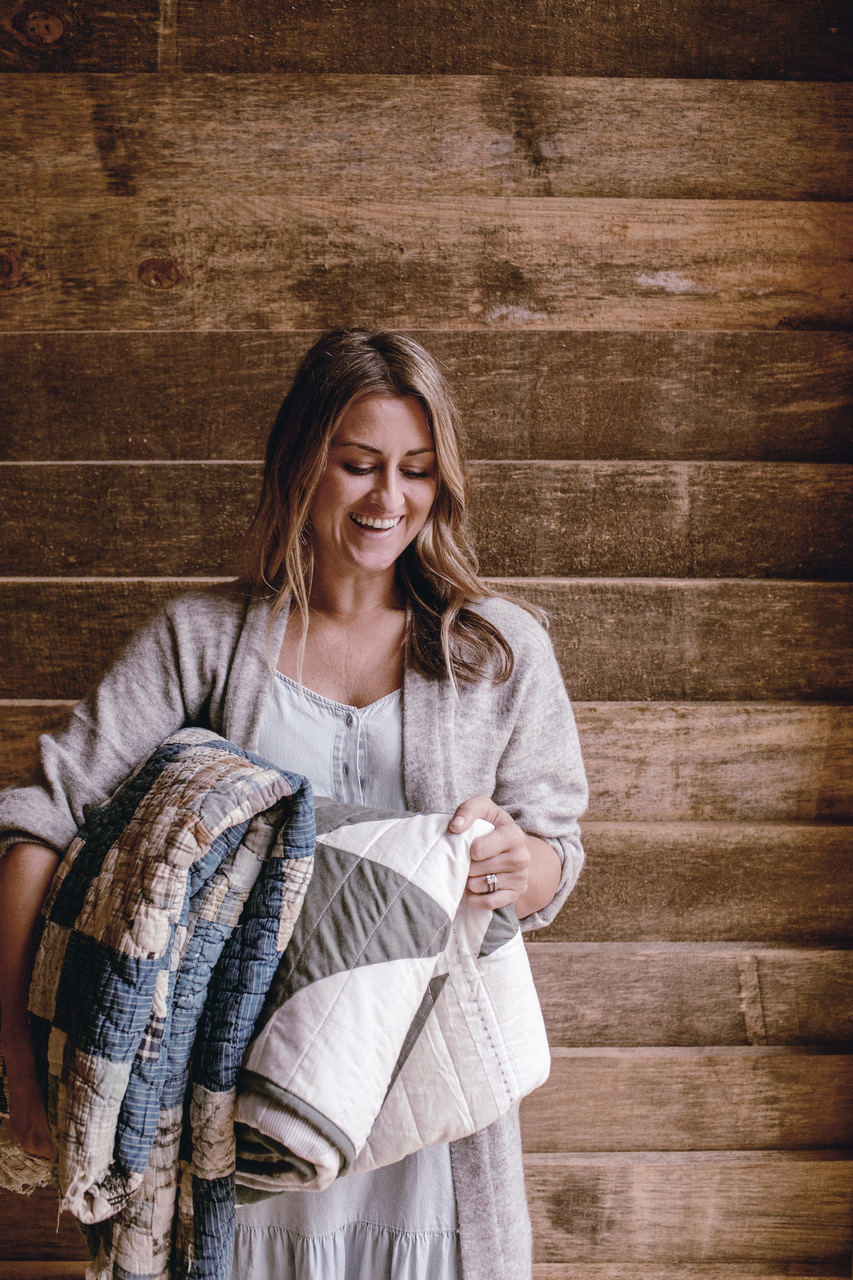
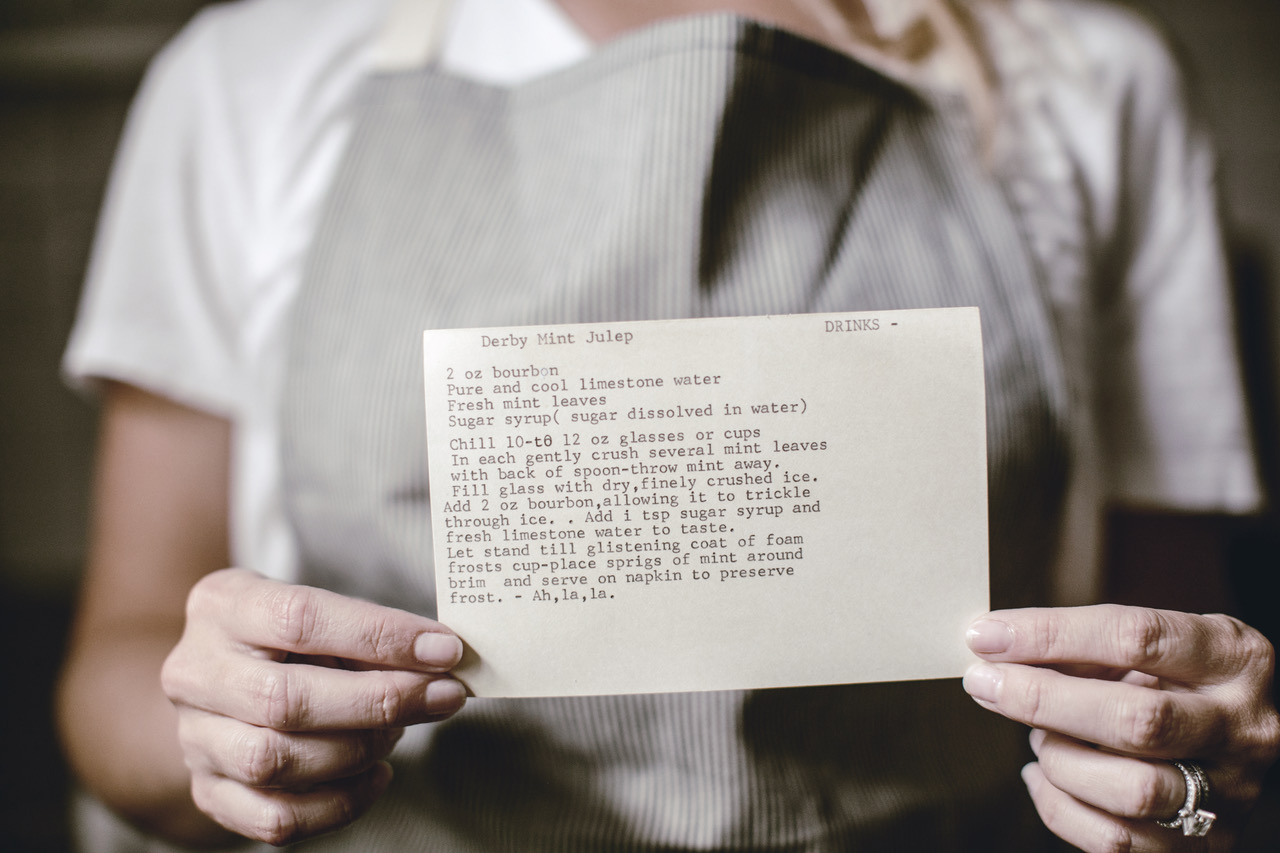

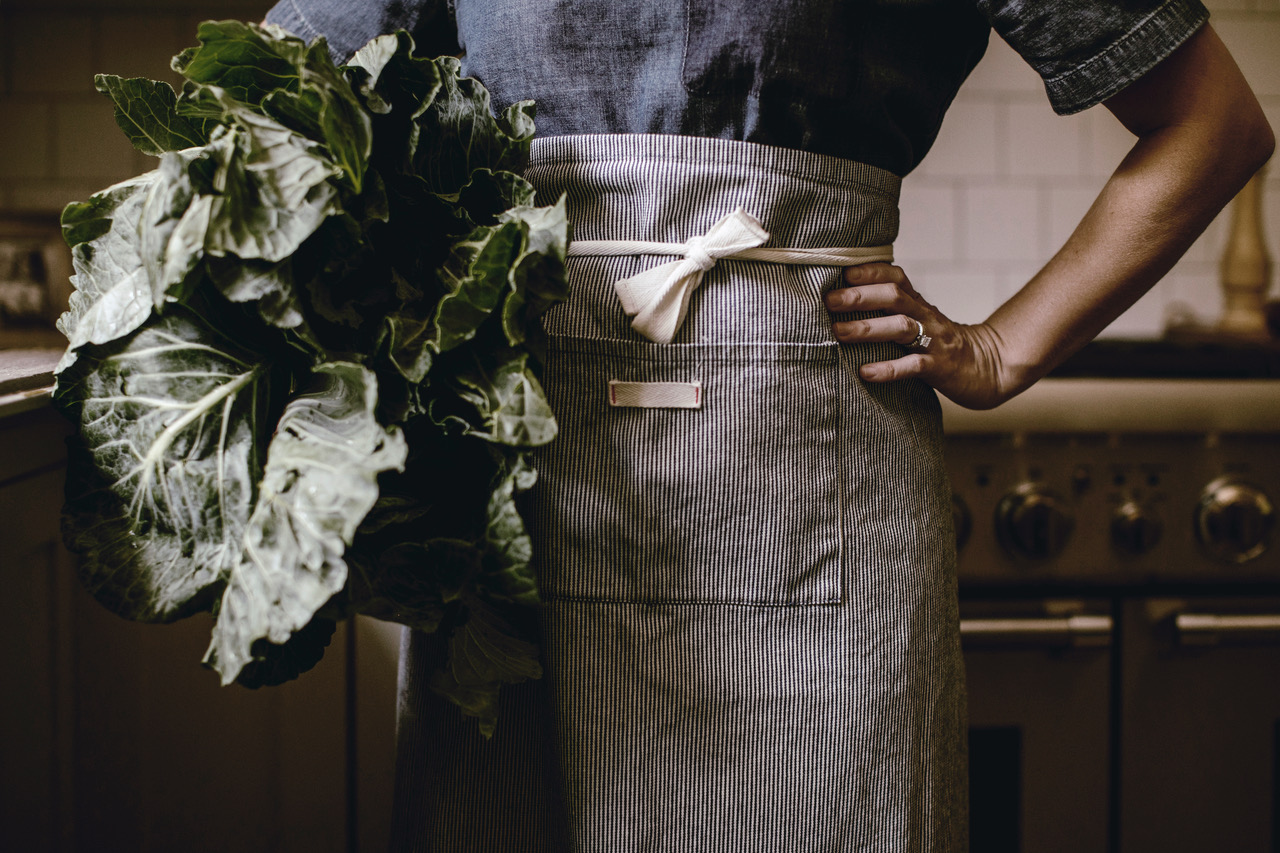
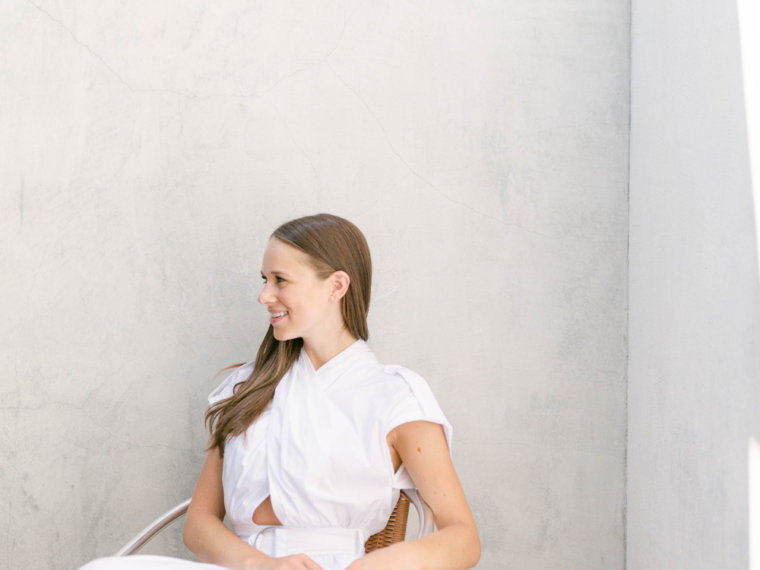
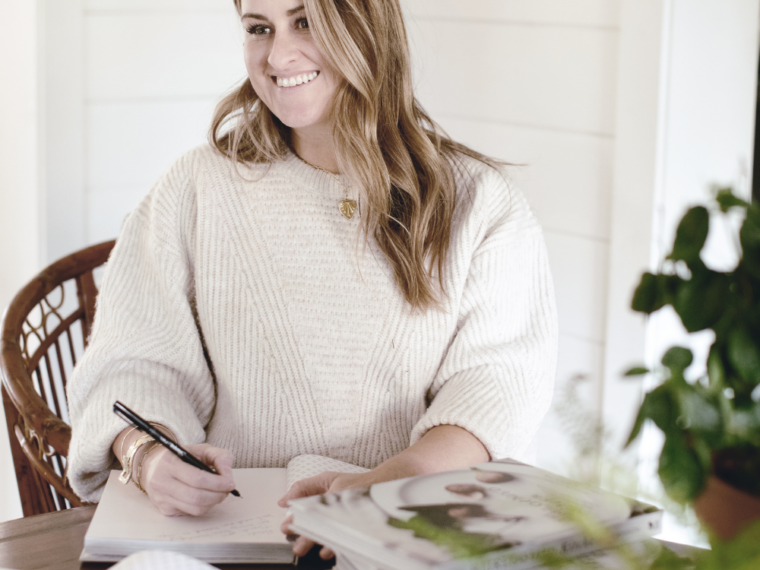


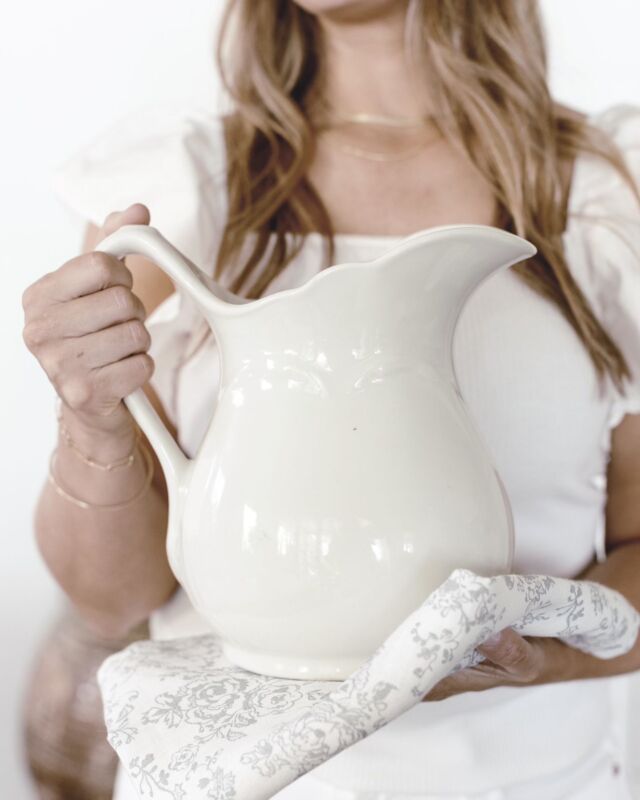
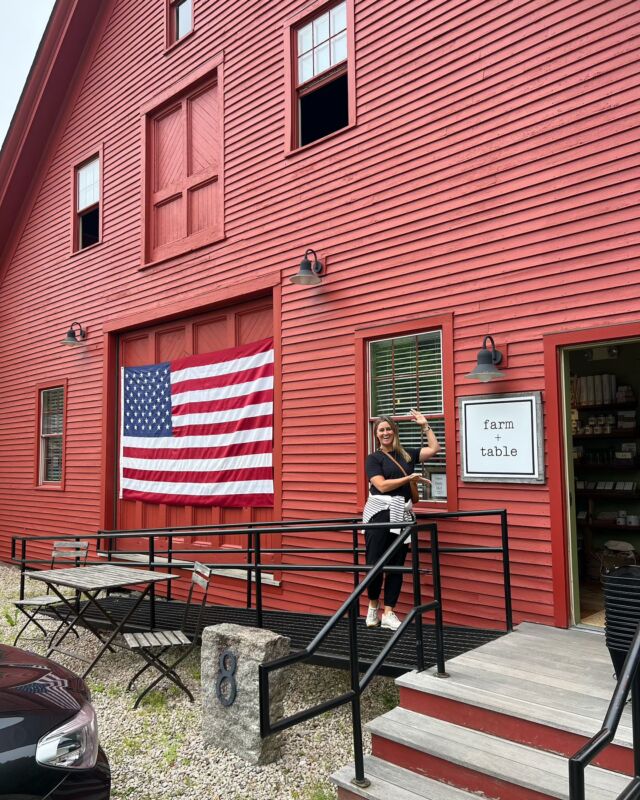
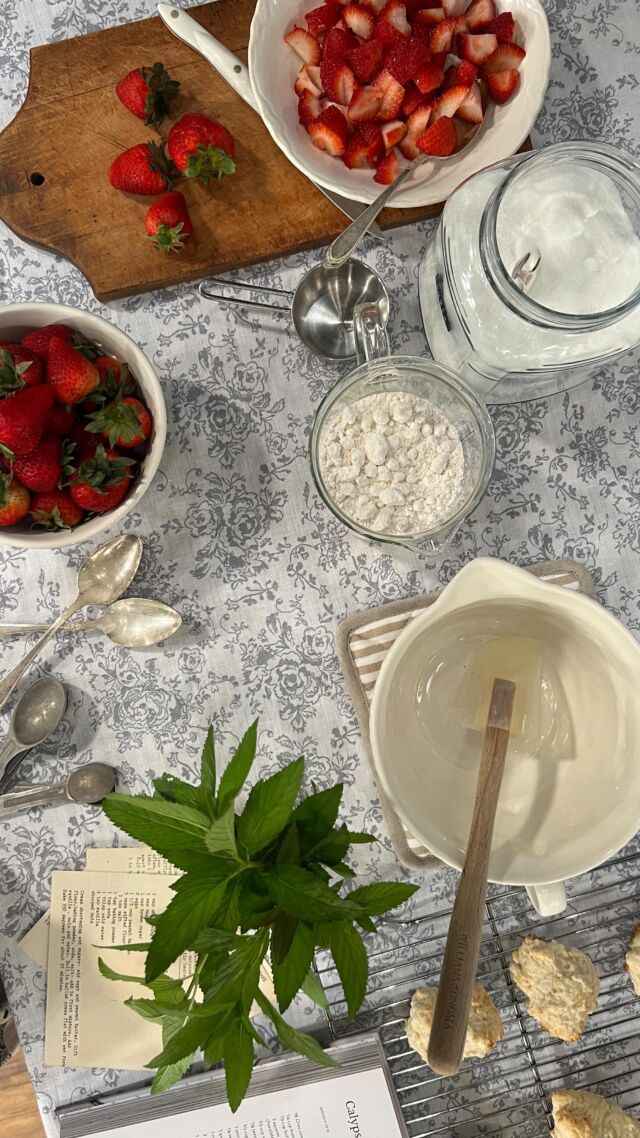
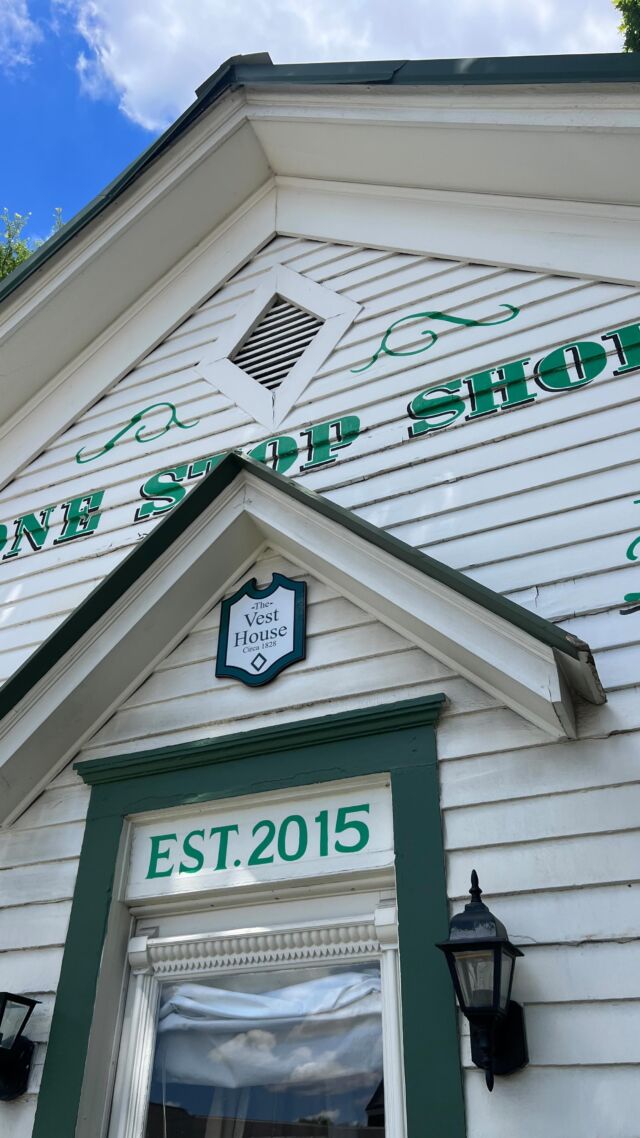
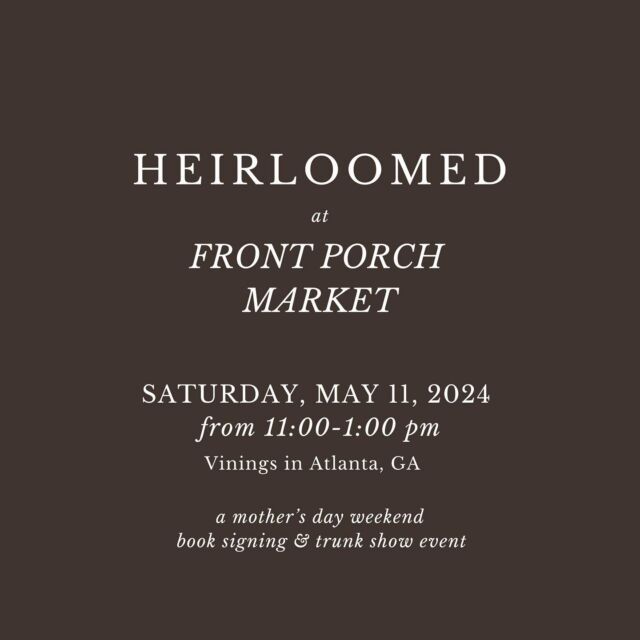
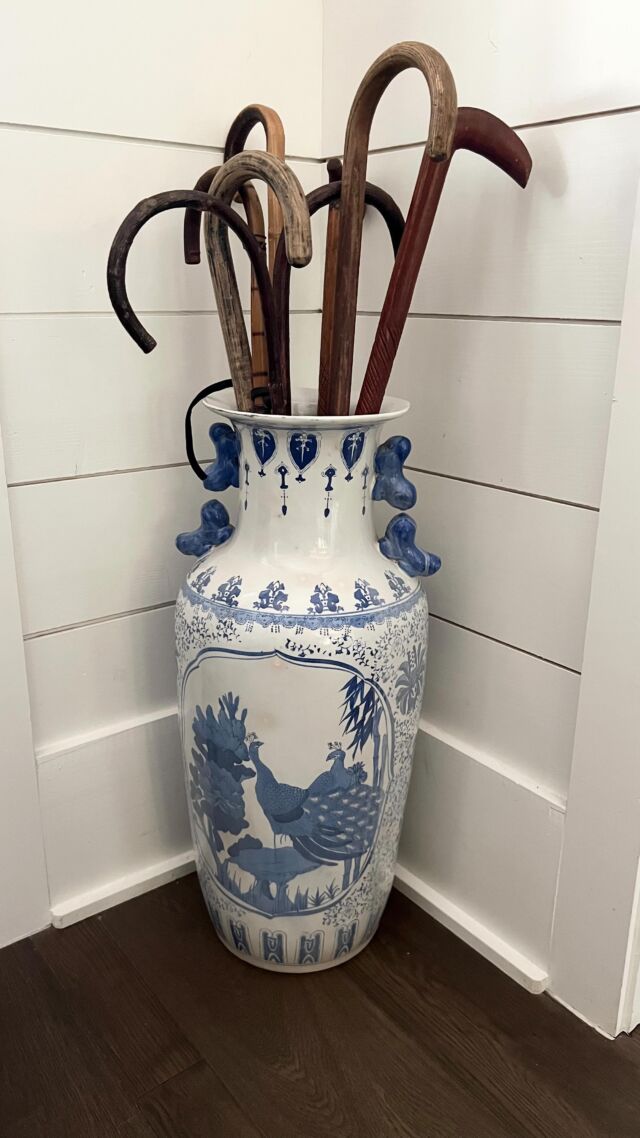
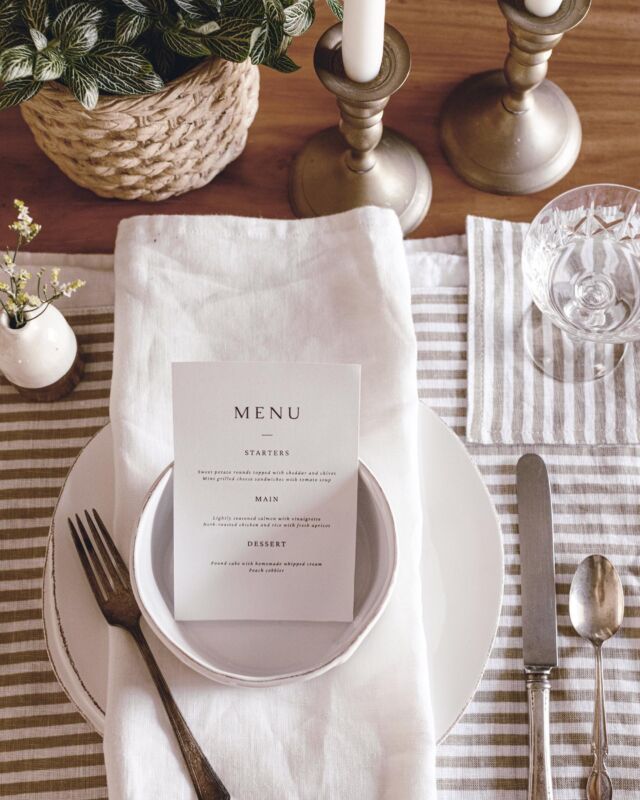
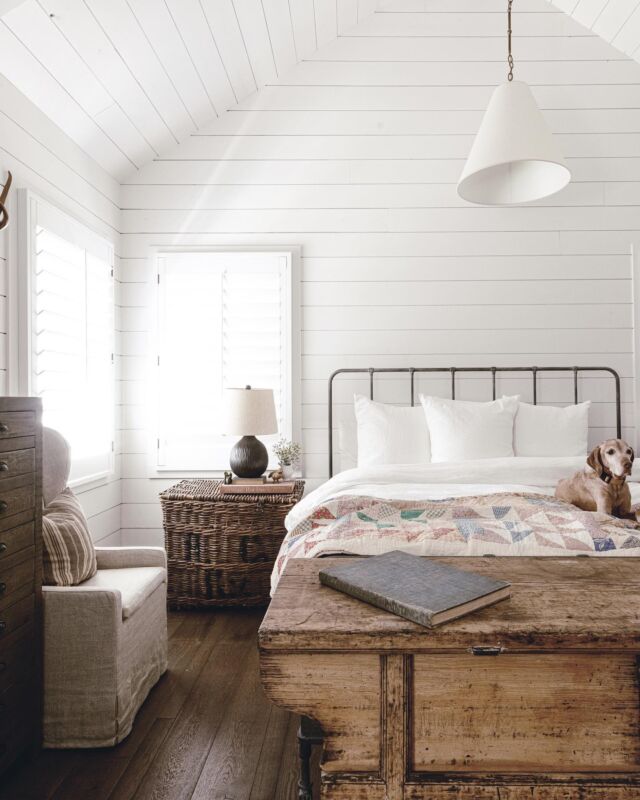
Recent Comments